
| Recorded by: Randy Emmitt on 2025-09-28
Orange Co.
Comment: | 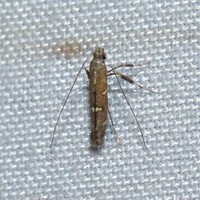
| Recorded by: Jeff Niznik on 2024-07-21
Orange Co.
Comment: |

| Recorded by: David George on 2023-08-15
Orange Co.
Comment: | 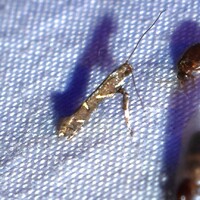
| Recorded by: Jeff Niznik on 2023-06-17
New Hanover Co.
Comment: |
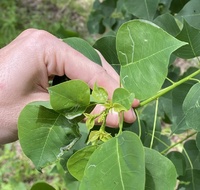
| Recorded by: David George, Jeff Niznik on 2023-05-23
New Hanover Co.
Comment: | 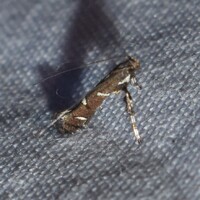
| Recorded by: Jeff Niznik on 2022-08-20
New Hanover Co.
Comment: |
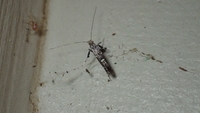
| Recorded by: Erich Hofmann on 2021-09-04
New Hanover Co.
Comment: | 
| Recorded by: Erich Hofmann on 2021-09-04
New Hanover Co.
Comment: |
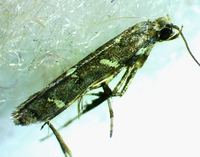
| Recorded by: Ken Kneidel on 2021-08-27
Mecklenburg Co.
Comment: | 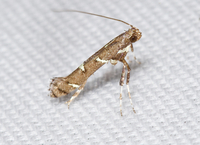
| Recorded by: Jim Petranka and Bo Sullivan on 2021-08-10
Moore Co.
Comment: |
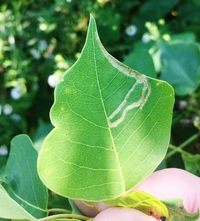
| Recorded by: Ken Kneidel on 2020-10-16
Mecklenburg Co.
Comment: | 
| Recorded by: Ken Kneidel on 2020-10-16
Mecklenburg Co.
Comment: |
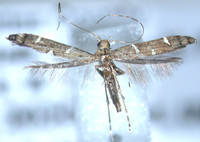
| Recorded by: J. B. Sullivan on 2020-08-09
Jones Co.
Comment: | 
| Recorded by: Mark Shields on 2019-12-16
Onslow Co.
Comment: |

| Recorded by: Mark Shields on 2019-12-16
Onslow Co.
Comment: | 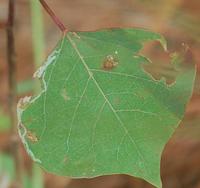
| Recorded by: Tracy S. Feldman on 2016-10-06
Wake Co.
Comment: Abandoned mines on Chinese Tallow-tree (Triadica sebifera). |
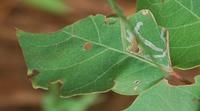
| Recorded by: Tracy S. Feldman on 2016-10-06
Wake Co.
Comment: Abandoned mines on Chinese Tallow-tree (Triadica sebifera). | 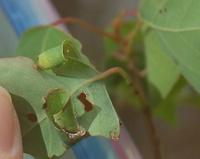
| Recorded by: Tracy S. Feldman on 2016-10-06
Wake Co.
Comment: Abandoned curled leaf tips on Chinese Tallow-tree (Triadica sebifera). |
|

 »
»




 »
»


